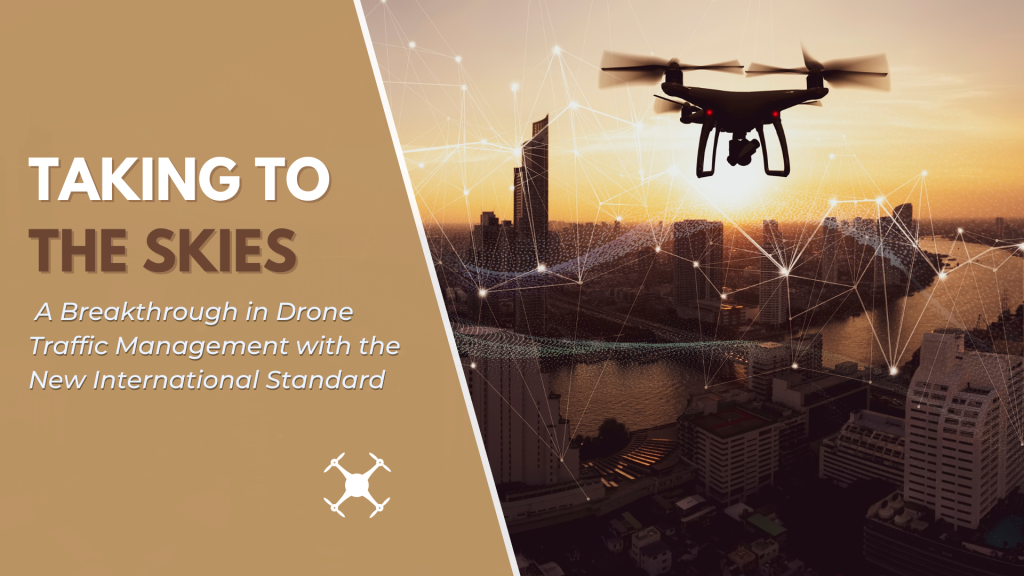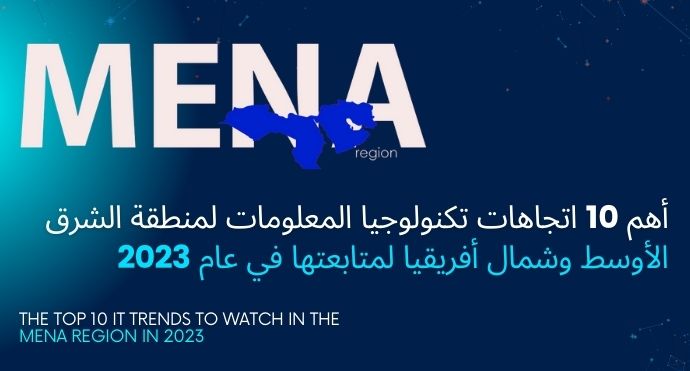As the use of unmanned aerial vehicles (UAVs), commonly known as drones, continues to soar, ensuring safe and efficient management of drone traffic has become a pressing concern. In a significant development, a new international standard for drone traffic management has been established, promising to revolutionize the way drones navigate our skies. In this blog post, we will delve into this breakthrough and explore the potential impact it holds for the future of drone operations.
The Need for Drone Traffic Management:
With the rapid growth of drone usage across various industries, airspace congestion and safety concerns have emerged as critical challenges. Without a proper system in place, the unregulated proliferation of drones could lead to accidents, collisions, and unauthorized operations. Drone traffic management becomes crucial to maintain order, prevent accidents, and enable the safe integration of drones into our airspace.
Introducing the New International Standard:
The International Civil Aviation Organization (ICAO) has developed a new international standard for drone traffic management known as ICAO Doc 10019. This landmark standard establishes guidelines and procedures for managing drone operations in a harmonized and globally accepted manner. It serves as a framework for regulators, drone operators, and airspace authorities to ensure the safe and efficient integration of drones into existing airspace systems.
Key Features and Benefits:
The new international standard brings several significant features and benefits to drone traffic management:
a. Geofencing and Geolocation: The standard mandates the use of geofencing technology, enabling real-time monitoring and control of drones within specified geographical boundaries. This ensures that drones operate only in authorized areas, mitigating the risks of encroachment on sensitive locations or airspace.
b. Identification and Tracking: The standard includes provisions for the unique identification and tracking of drones, enhancing situational awareness for both drone operators and airspace authorities. This enables real-time monitoring, identification of unauthorized operations, and effective enforcement of regulations.
c. Communication and Connectivity: Establishing robust communication and connectivity standards is essential for efficient drone traffic management. The new standard promotes the use of reliable communication protocols, ensuring a seamless exchange of information between drones, operators, and air traffic control systems.
d. Integration with Existing Airspace Systems: The standard emphasizes the integration of drone traffic management systems with traditional air traffic control systems. This integration enables the sharing of critical information, such as flight plans and potential conflicts, improving overall airspace safety and efficiency.
Unlocking the Potential:
The introduction of the new international standard is poised to unlock the full potential of drones across various sectors. With a comprehensive and globally accepted framework for drone traffic management, businesses can leverage drones for a wide range of applications, including aerial inspections, delivery services, surveying, and emergency response.
Future Implications:
The implementation of the new standard lays the foundation for a thriving drone ecosystem. It paves the way for advanced drone operations, including beyond-visual-line-of-sight (BVLOS) flights and autonomous drone systems. These advancements have the potential to revolutionize industries such as logistics, agriculture, infrastructure monitoring, and disaster management.
Conclusion:
The establishment of the new international standard for drone traffic management marks a significant milestone in the evolution of drone operations. By providing guidelines, procedures, and technologies to ensure safe and efficient drone integration, the standard sets the stage for the widespread adoption of drones across industries. As we embrace the potential of drone technology, the skies become a new frontier of innovation and opportunity, enabled by the secure and organized management of drone traffic.



